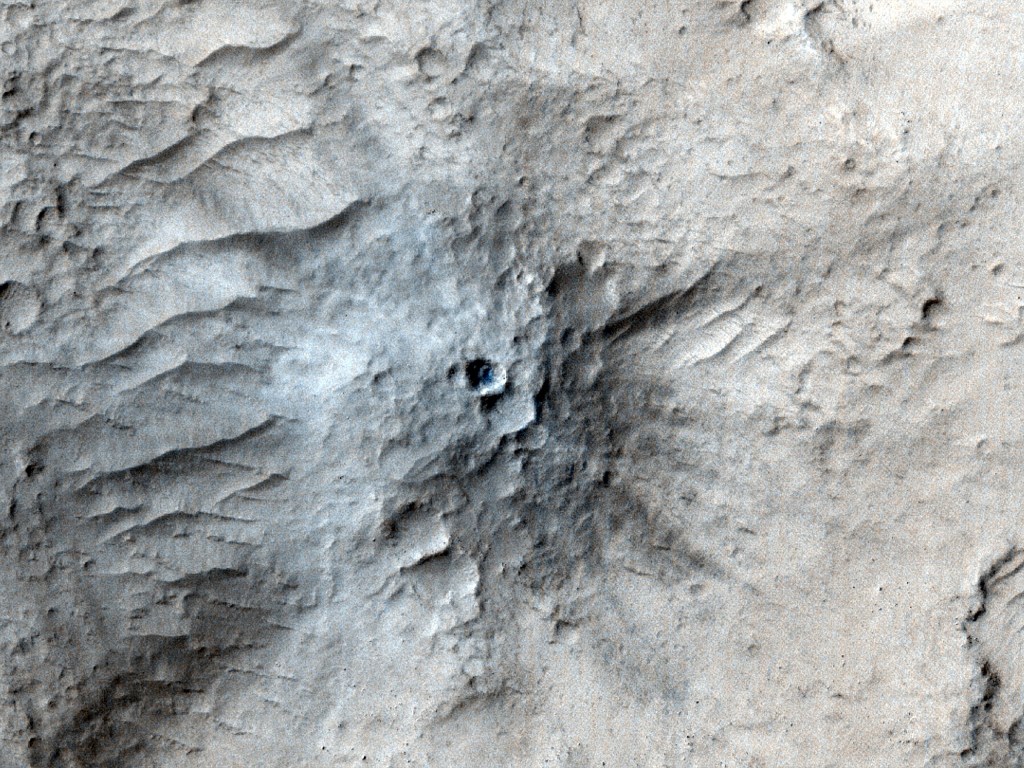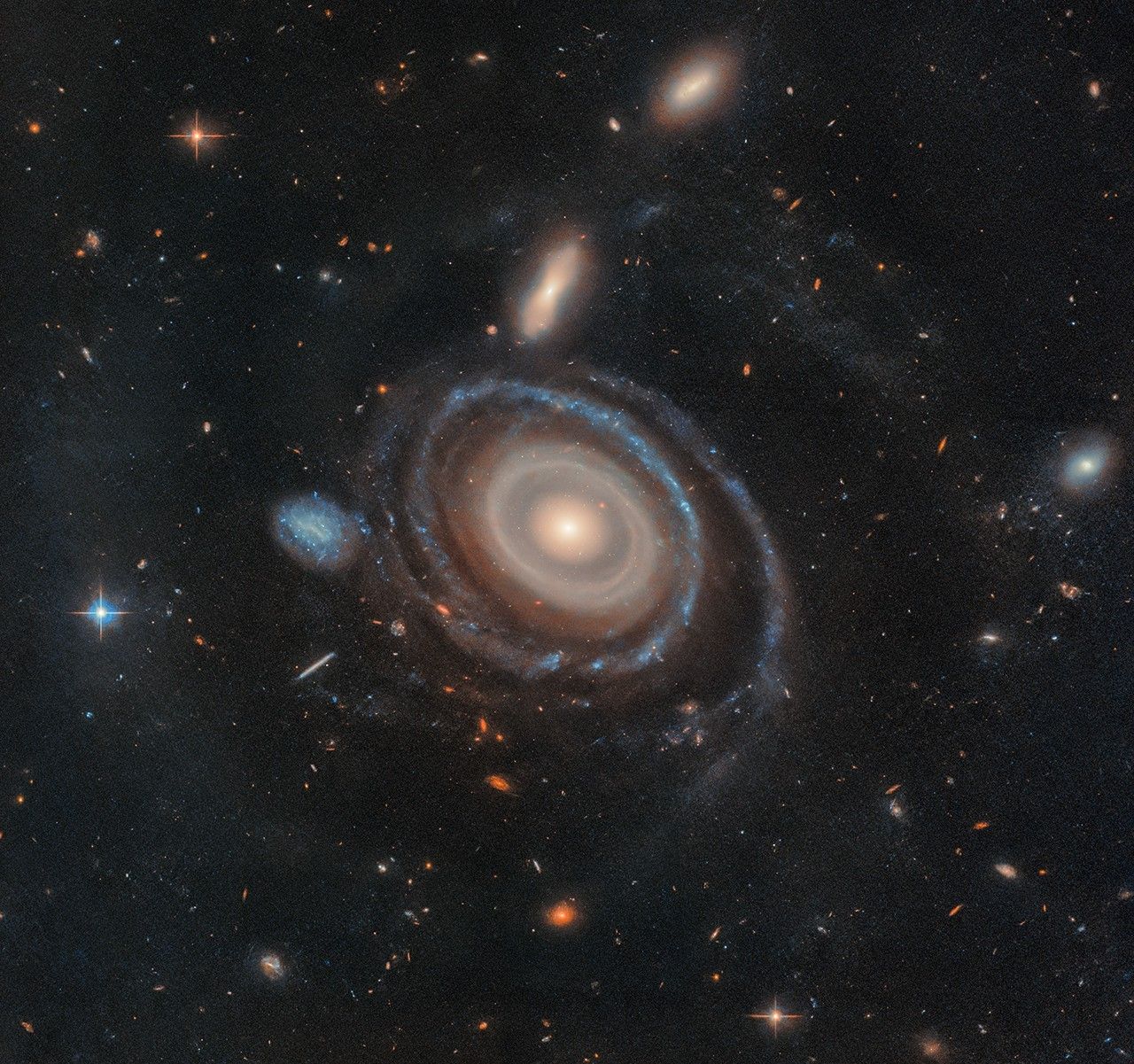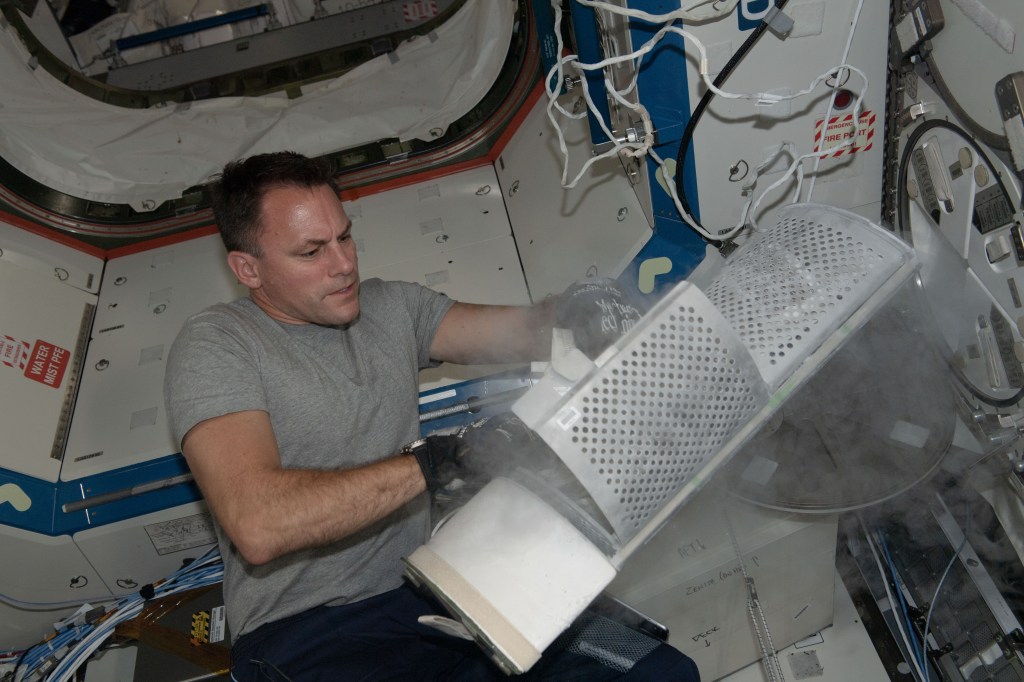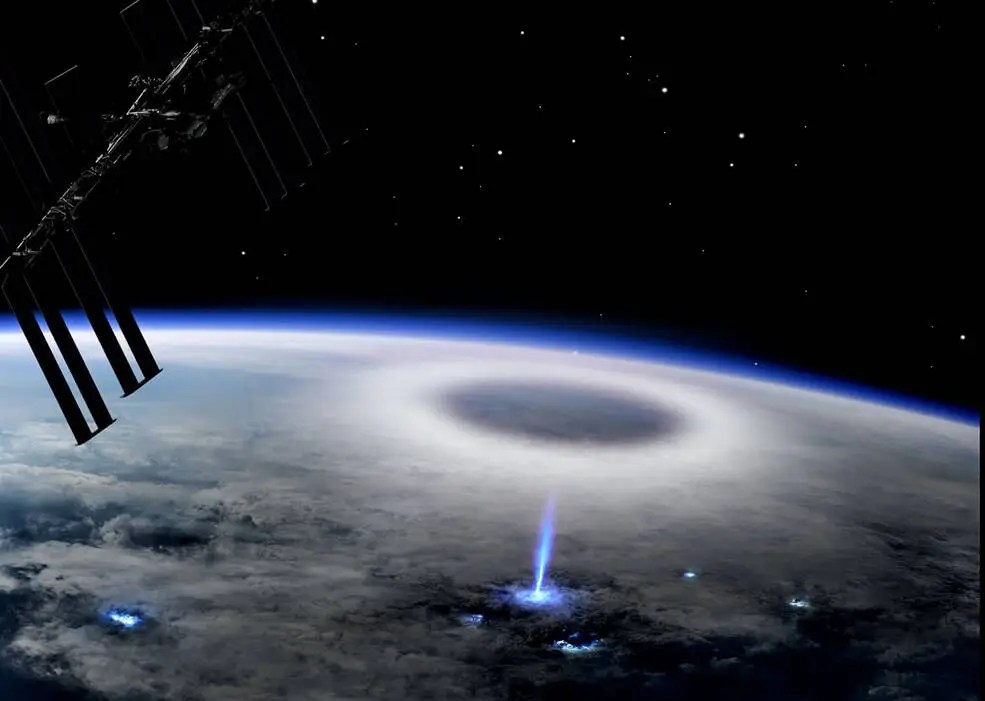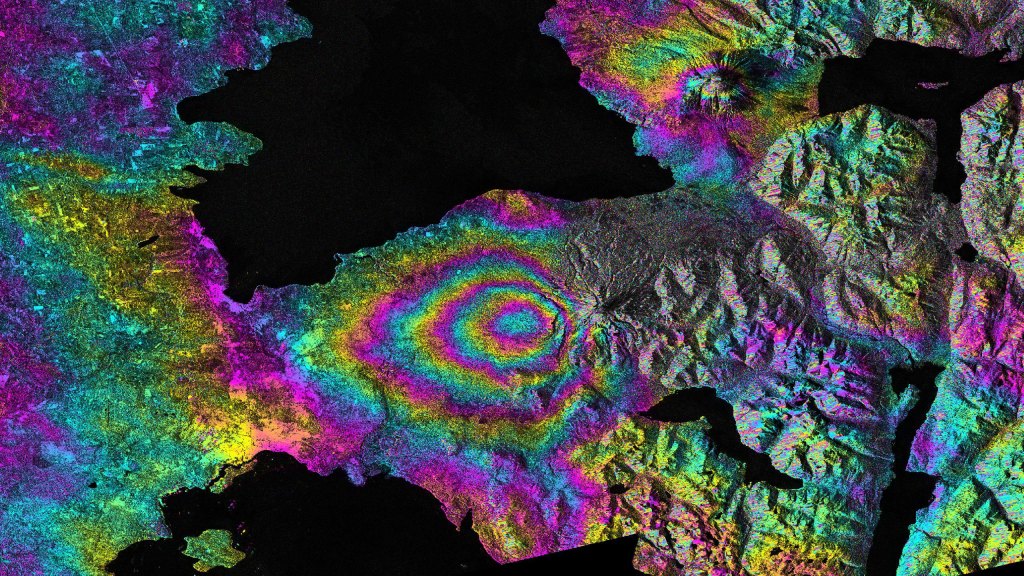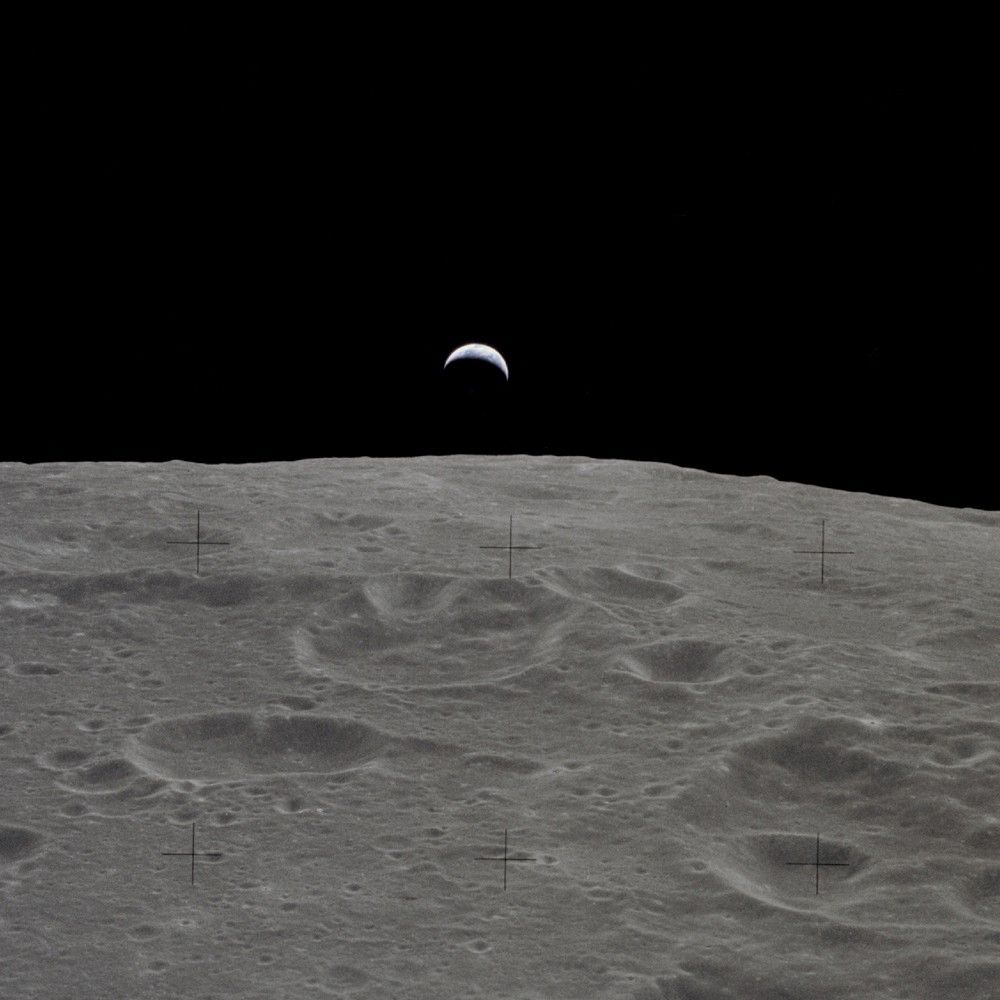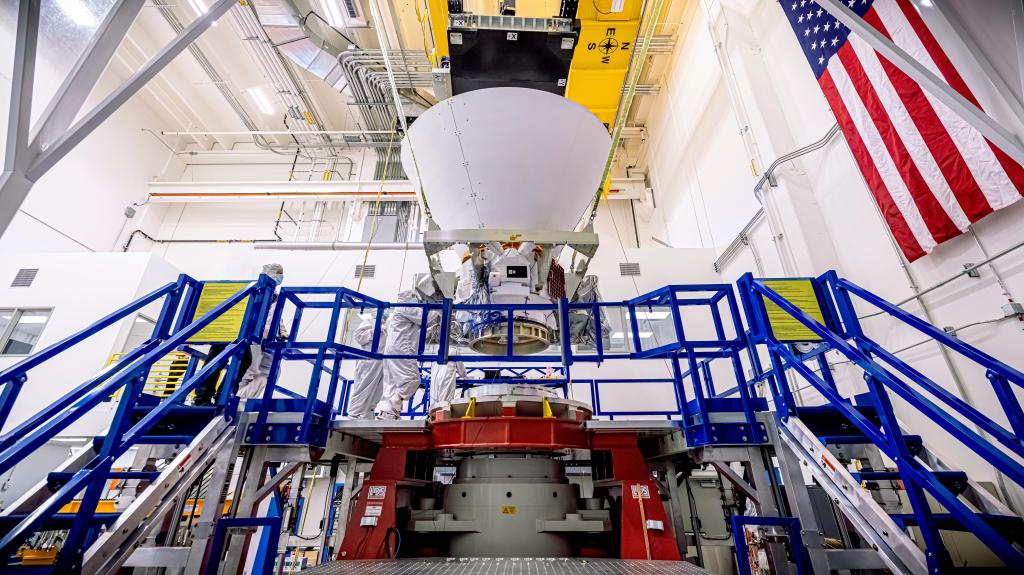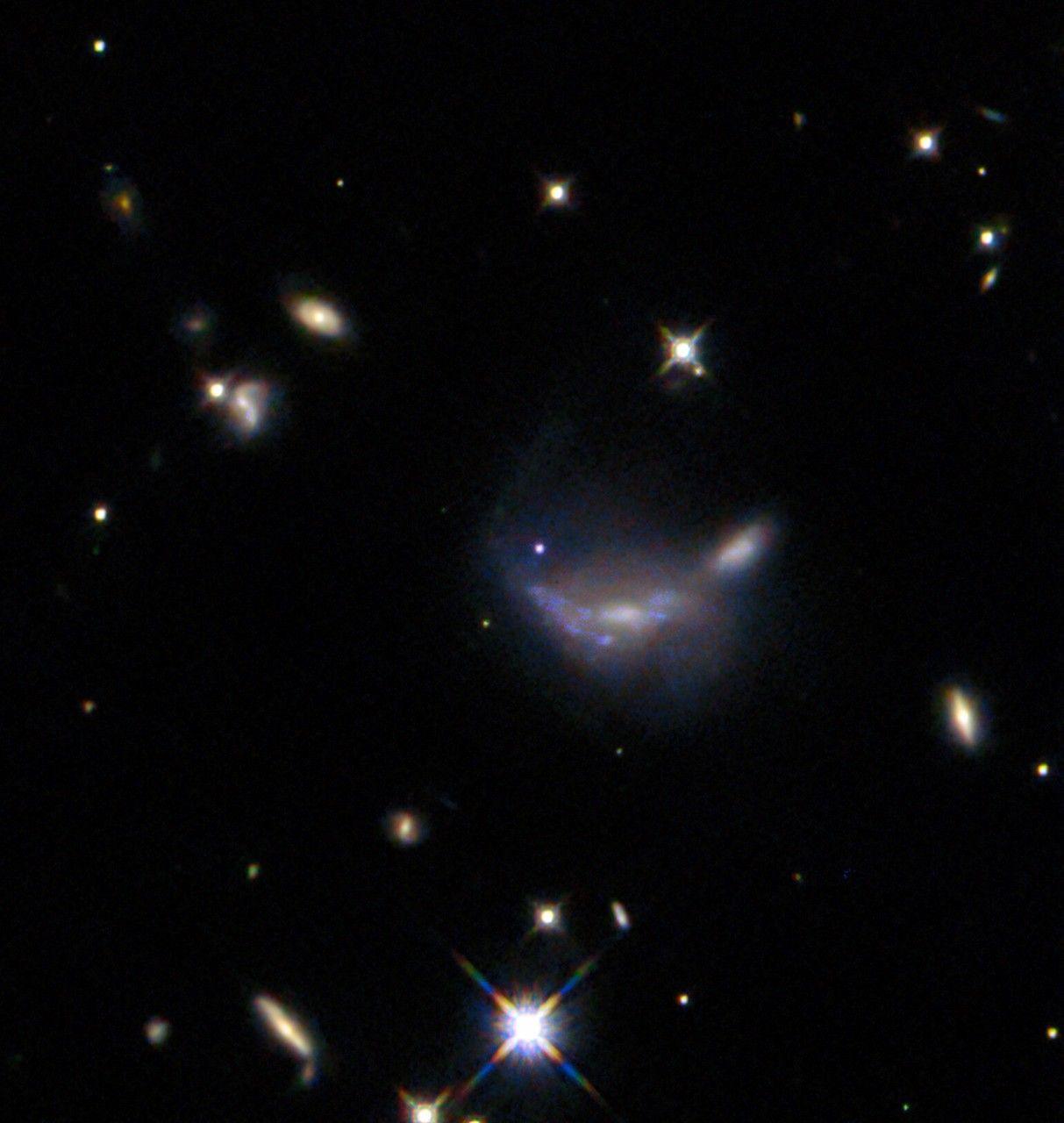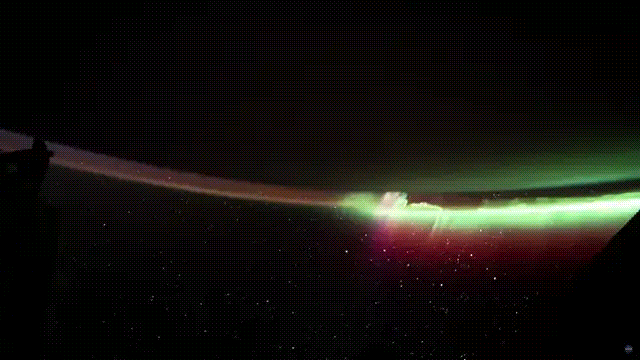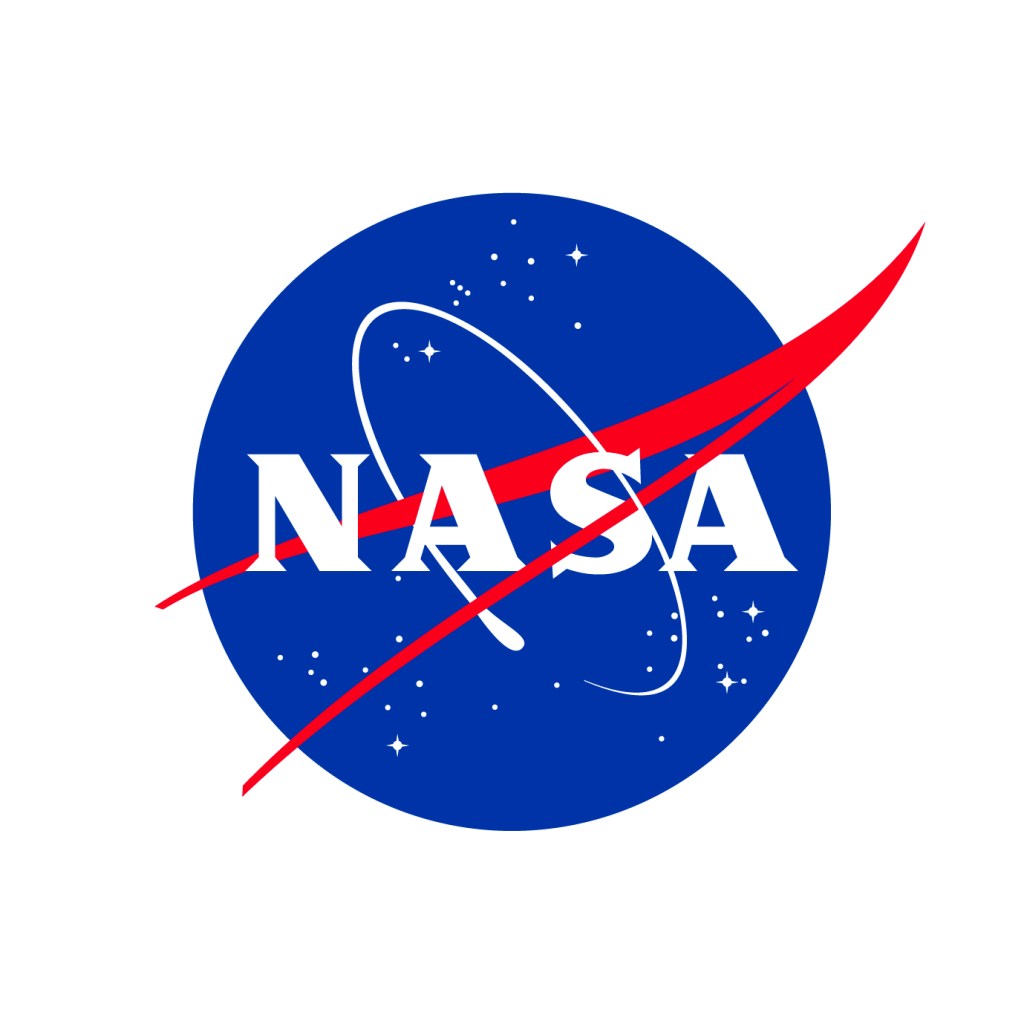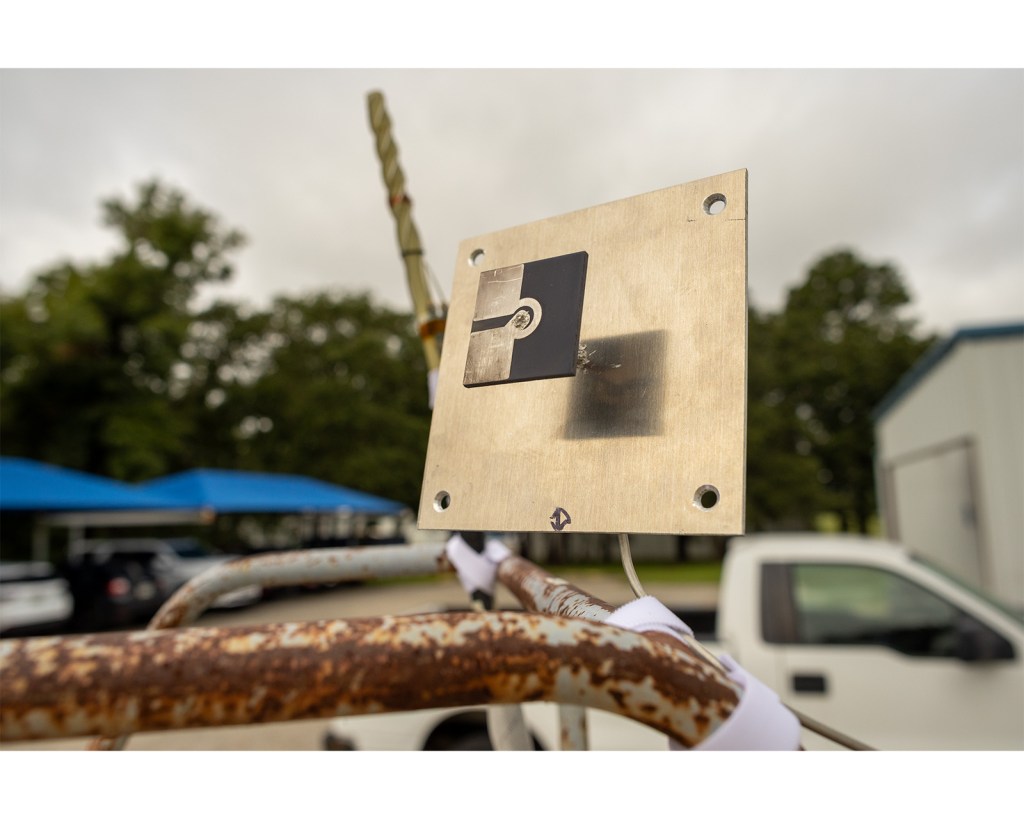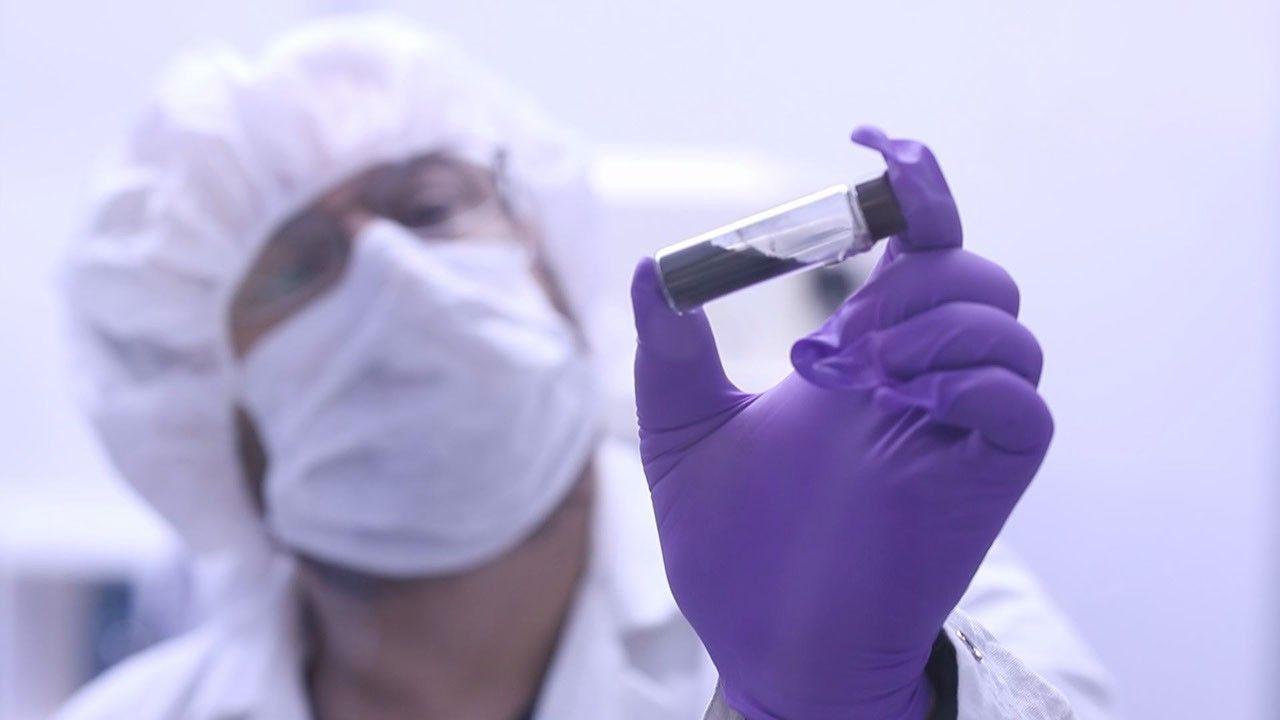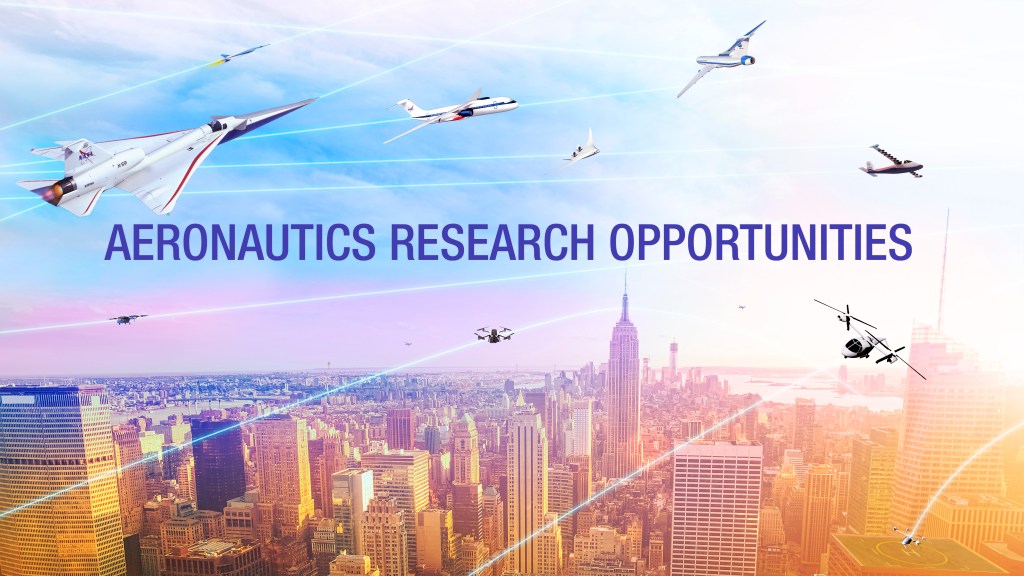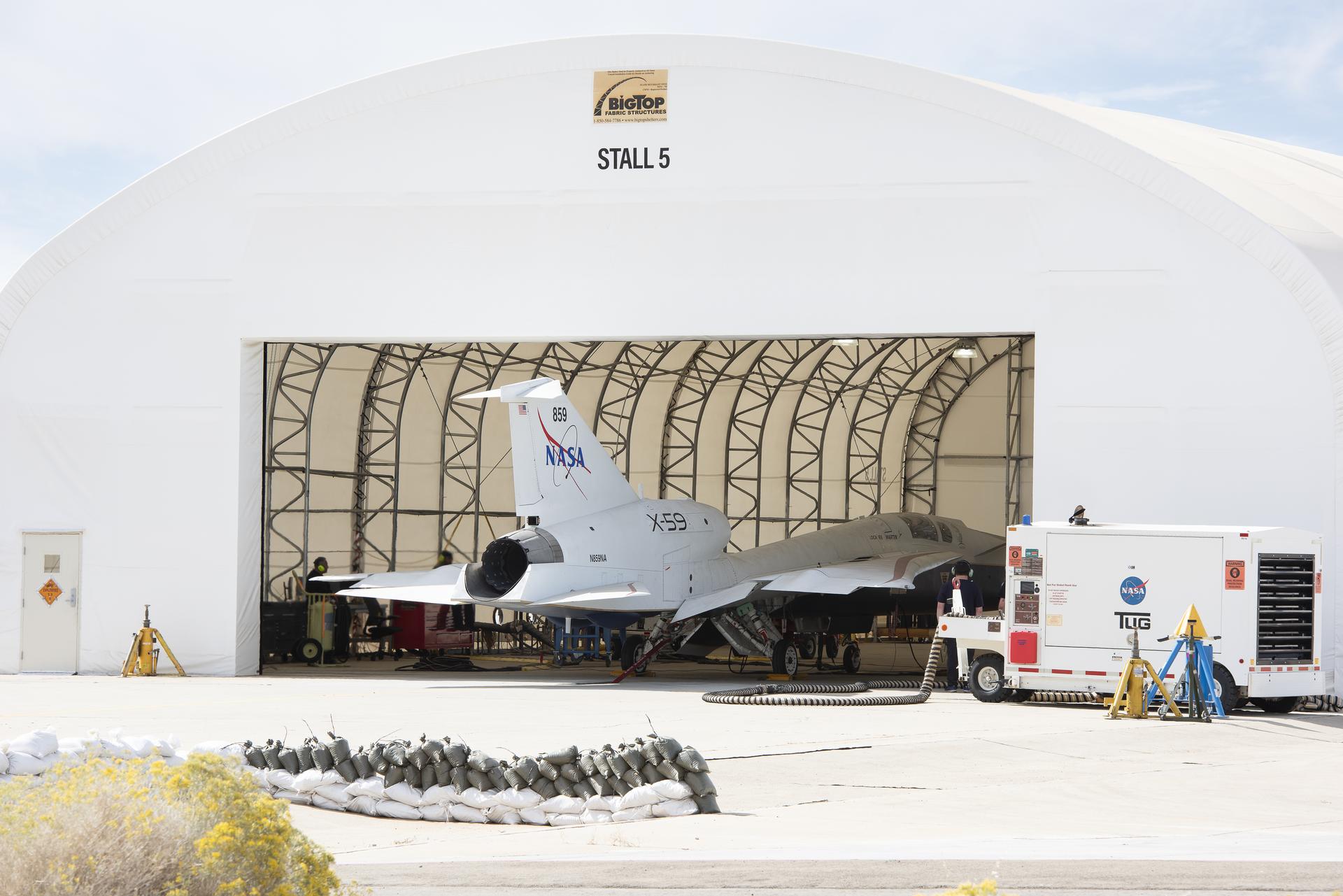Editor’s Note: The 2015 NASA Technology Roadmaps have been replaced with the 2020 NASA Technology Taxonomy and the NASA Strategic Technology Integration Framework. The 2015 NASA Technology Roadmaps will be archived and remain accessible via their current Internet address as well as via the new 2020 NASA Technology Taxonomy Internet page. Please visit https://www.nasa.gov/offices/oct/home/taxonomy to see the Taxonomy.
By Anna Heiney
NASA’s John F. Kennedy Space Center
Roadmaps were invented to help us understand where we are in relation to our goals and to help us find the best routes to reach our destinations.
NASA established its Technology Roadmaps with the same purpose in mind: to take stock of the current state-of-the-art technology and identify the essential capabilities needed for our exploration goals in our own solar system and in deep space through the next two decades.
“The roadmaps are really how we identify the promising technologies that can enable us to achieve our future missions,” explained Faith Chandler, director for Strategic Integration in NASA’s Office of the Chief Technologist.
Chandler recently visited Kennedy Space Center in Florida to invite technology team members to contribute to the Technology Roadmaps, which are being updated, expanded and standardized.
Work to develop the first set of roadmaps began in 2010. These documents originally organized NASA’s entire “technology portfolio” into 14 technical areas focusing on space-tech topics such as propulsion, power, robotics and nanotechnology, among others.
“Why update roadmaps now? New missions, changing capability needs and technology advances are driving the update,” Chandler said.
One major change is the addition of aeronautics to the list of technical areas, bringing that number to 15 and expanding the scope beyond space technologies. The agency also is increasing its focus on information technology (IT) which has a significant role in tech development.
But there are other benefits, too, according to Chandler. The original roadmaps didn’t have a clear starting point; establishing the starting point will ensure NASA begins development at state-of-the-art and moves it forward.
“What are we trying to achieve? What is it we’re going to try to build with each technology?” Chandler asked.
She cited an example from the original roadmaps. “‘Improve robotics.’ Well, what does that mean? Is there a goal?”
“Now we are going to include a performance goal that describes the capability the robotics systems need to provide,” Chandler explained. “That not only helps us, but it helps the stakeholders outside NASA that may want to collaborate, co-invest, or use the newly developed capabilities.”
The update also will make it easier to locate “crosscutting” technologies that touch on multiple technical areas and to reduce duplication by revealing “capability gaps” that need further development. All charts and formatting will be standardized from roadmap to roadmap, and technologies will be connected to all of their associated missions, rather than just one.
“We’re not starting over,” Chandler said. “We’re building on all the previous great work and making it better.”
NASA has created Techport, a Web-based technology tracking system, to sort and display all of the technology development efforts underway across the agency. Once the system is complete, it will be made available to the public, allowing everyone to learn about NASA’s technology investments and identify areas of potential collaboration.
“Technology is not only transformative, it enables us to do so many things here on Earth and in space,” Chandler said.
“We are actually creating the future, not only for our nation and your children, but for the world. We’re asking, ‘What do we want the future to look like?’ We are dreamers – we are where the world and the nation look for what comes next.”

